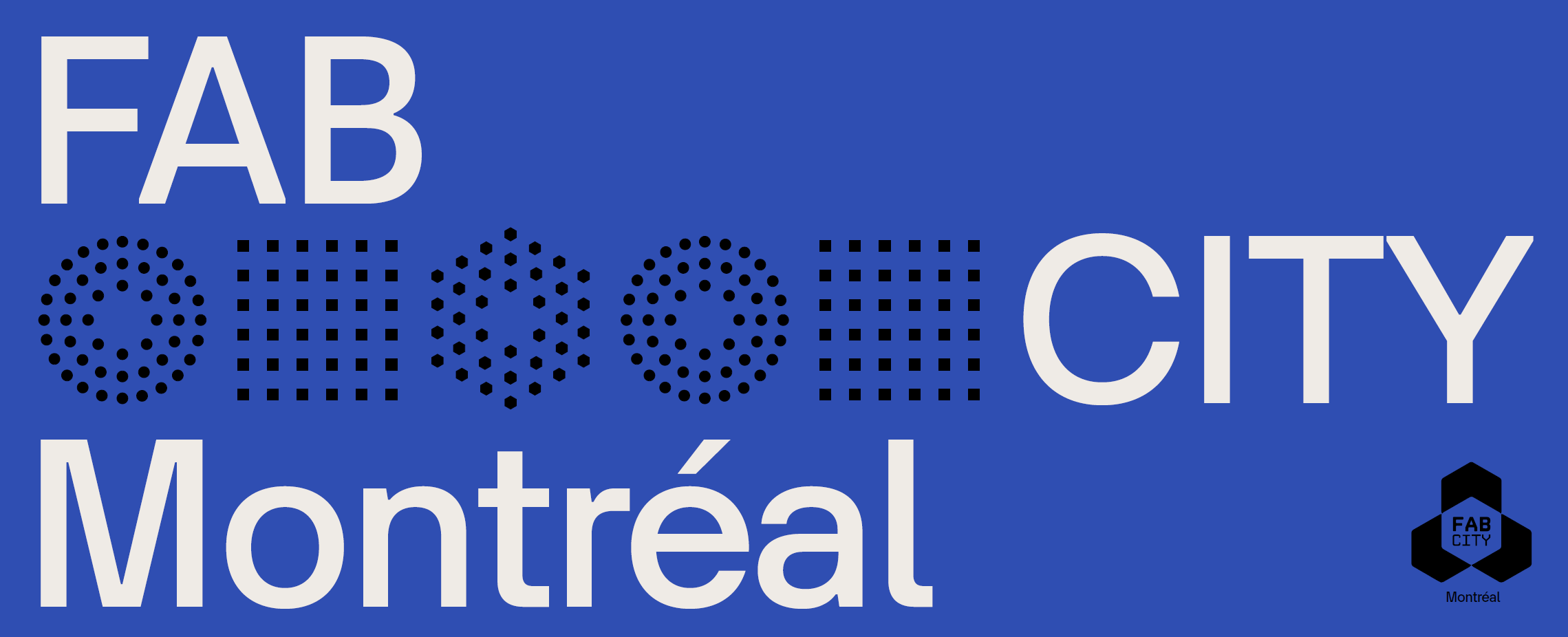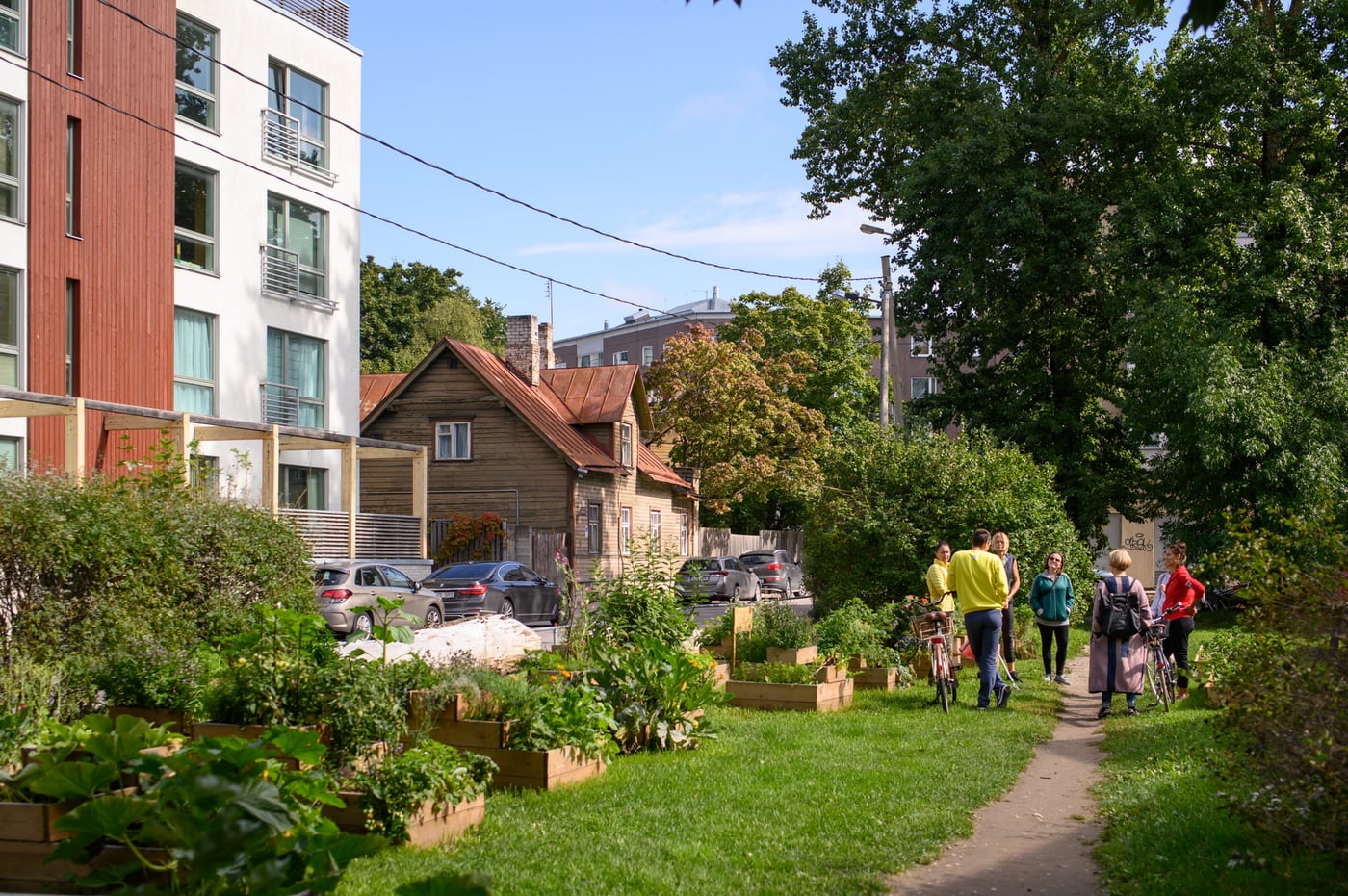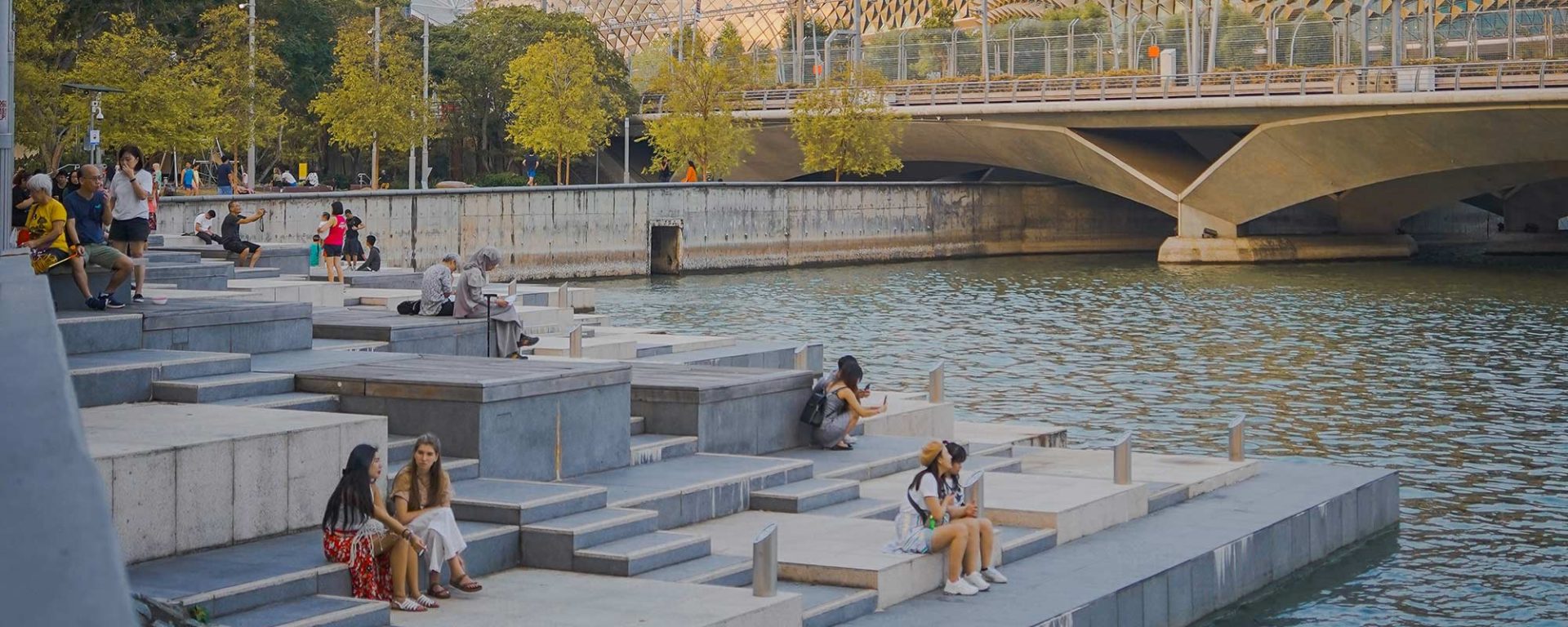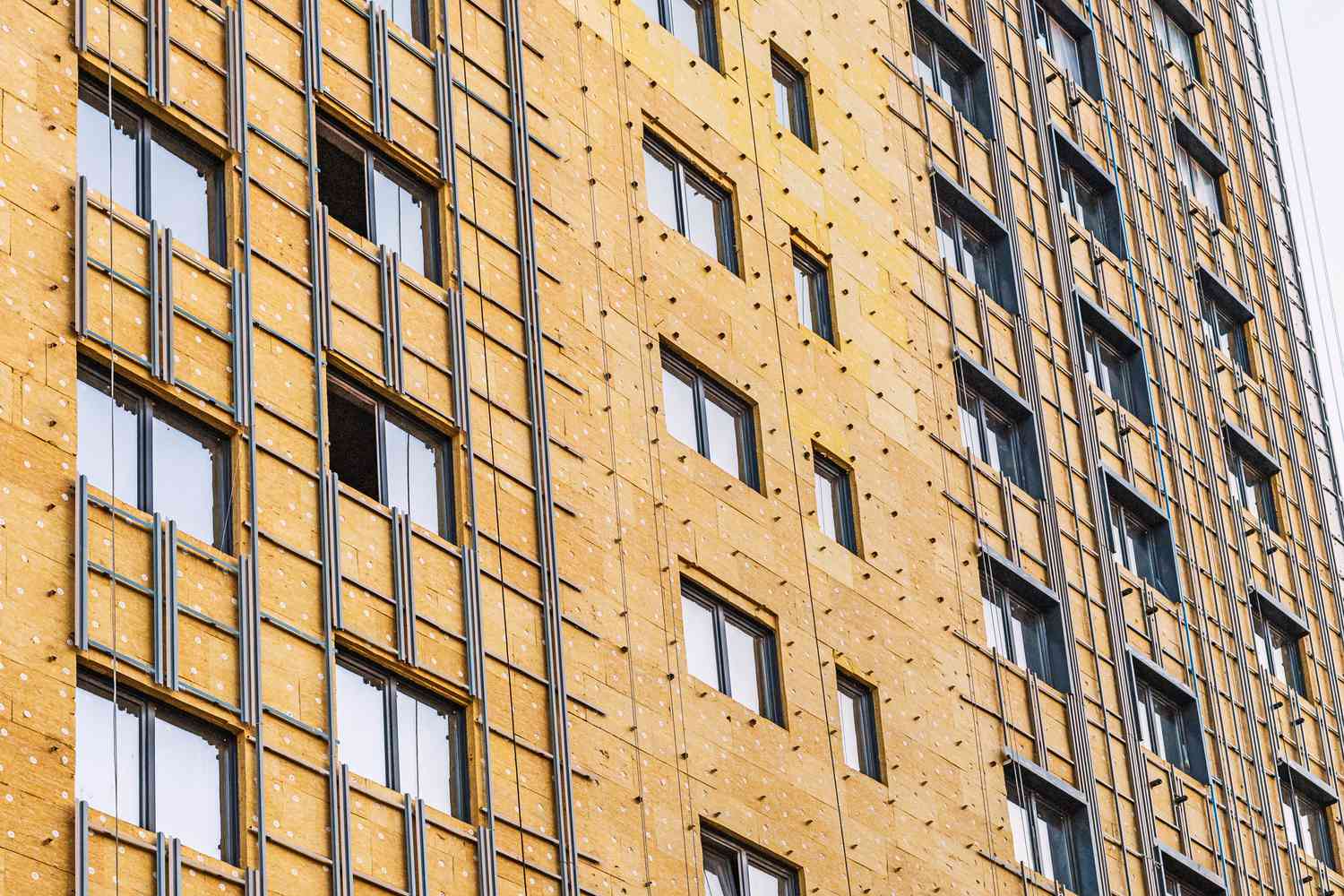News
Bikes roundup
Bicycles can play (are playing) a great part in the decarbonizing of our cities. Their affordability and repairability, and the way they allow a closer, more intimate way of traveling neighbourhoods, are all greatly aligned with the values and investigations around Fab Cities. As great as they are though, in our context they’re not that original, so instead of spending multiple posts on the topic, here’s a quick roundup of three recent articles on bikes and micromobility.
Food production in a planetary city
SPIN Unit is a research and innovation practice dedicated to discovering urban values. In this piece they discuss the challenges of food production in a planetary city. In this case the term “planetary city” refers to a city that lives according to the “planetary diet,” one that would make it possible to respect the 1.5-degree target set in the Paris Agreement, i.e. much less meat and dairy, and a much greater focus on fruits, vegetables, and plant protein. The goal of the project was to look at the various challenges to the food supply chain in a changing climate and crumbling ecosystems.
Cities that work for women
We’ve already written about cities for children. Now, following a similar line of thought, architecture firm Arup have release a new report, Cities Alive: Designing Cities that work for women. The basic argument for both is roughly the same: cities are designed for white men going to work. That’s a great oversimplification on my part but broadly correct as a center point to multiple issue. If we design cities for a broader range of people, more of them will be comfortable, be able to safely do a greater number of things within cities, and everyone will benefit.
The architectural challenge of adaptive reuse
Here’s a duo of articles that feel both old school (a conversation between blogs) and very much of today, where someone talks about a problem in the future and someone else reminds them, and us, that the problem is actually already here. First with Duo Dickinson who explains the coming challenges requiring adaptive reuse, and second with Lloyd Alter showing that these challenges are very much already here.
Videos
#Fabcitymontreal






